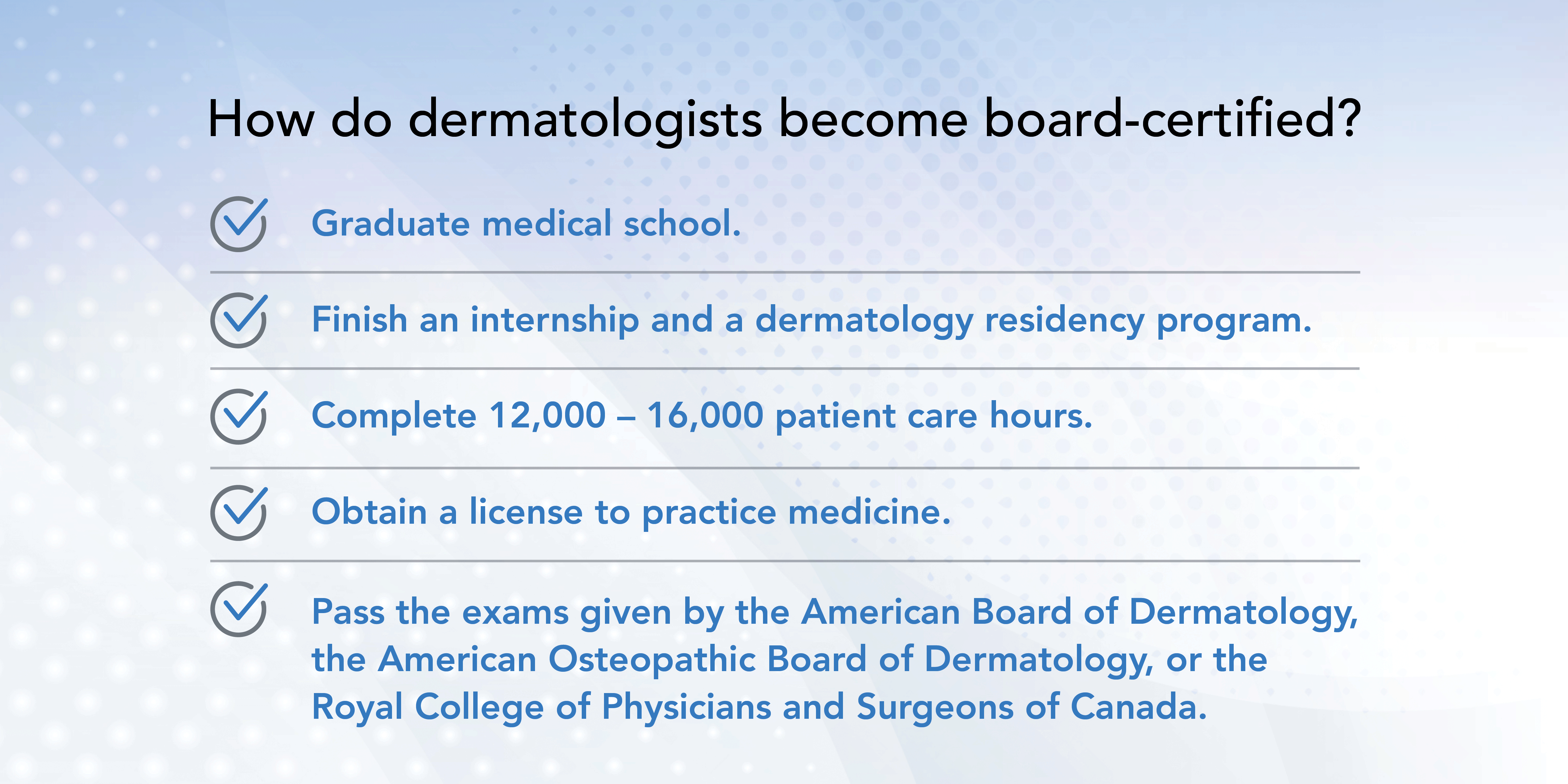Find solutions for with the help of a specialist in hair loss treatments.
Find solutions for with the help of a specialist in hair loss treatments.
Blog Article
Navigating Skin Cancer Cells Therapy: The Vital Function of Mohs in Modern Dermatology Practices
Skin cancer, a challenging medical diagnosis, frequently leaves individuals grappling with various therapy alternatives. As we explore the ins and outs of this treatment, one will appreciate its crucial role in skin cancer therapy.
Understanding Skin Cancer Cells: Kinds and Risks
Skin cancer cells, a possibly dangerous ailment, is even more widespread than lots of people realize. This illness, triggered by the uncontrolled growth of irregular skin cells, primarily results from DNA damage because of direct exposure to the sun and ultraviolet (UV) light. There are 3 major types of skin cancer: Basal cell carcinoma, Squamous cell cancer, and Cancer malignancy. While the former two are less deadly and compose most of diagnosed situations, cancer malignancy is one of the most unsafe. It accounts for only regarding 1% of skin cancer cases but causes the large majority of skin cancer deaths - hair loss. Danger aspects include fair skin, history of sunburn, extreme sunlight direct exposure, living at high altitudes or shut to the equator, having lots of moles, a household history of skin cancer, and compromised immune system.
What Is Mohs Surgical treatment and Exactly How It's Transforming Skin Cancer Therapy
In spite of the many therapies presently available for skin cancer, Mohs surgical treatment stands out as a groundbreaking and highly effective option. Called after Frederic E. Mohs, the medical professional that created the treatment, Mohs surgical procedure is an accurate surgical method utilized to deal with skin cancer cells. This degree of accuracy, incorporated with the capacity to save as much healthy and balanced cells as feasible, is changing skin cancer cells therapy.
The Benefits of Mohs Surgical Procedure Over Typical Skin Cancer Cells Treatments
Structure on the cutting-edge nature of Mohs surgical procedure, it's crucial to consider its numerous benefits over typical skin cancer treatments. Unlike typical procedures, Mohs uses a greater cure rate, usually getting to 99% for newbie therapies and 94% for reoccurring cancers cells. Additionally, it decreases damage to healthy skin, leading to less scarring and boosted cosmetic end results.
The Procedure of Mohs Surgical Treatment: What to Anticipate Throughout the Refine

Possible Negative Effects and Post-Operative Treatment of Mohs Surgery
Undertaking Mohs surgery, like any type of various other surgery, entails prospective adverse effects that patients must understand. Typical negative effects include pain, wounding, and swelling at the surgery website. mohs surgery Nonetheless, these are typically short-lived and manageable with non-prescription discomfort medication and cold pack. In rare situations, patients may experience infection, blood loss, or a sensitive response to the local anesthetic. Post-operative care is vital to recovery and minimizing adverse effects. This generally includes maintaining the wound clean and dry, their explanation taking recommended drugs, and avoiding exhausting activities. Clients must additionally participate in all follow-up consultations for injury treatment and surveillance. Sometimes, added therapies might be needed to make sure full elimination of the malignant cells. Complying with these post-operative care guidelines can significantly enhance recovery and outcomes.
Final thought

Report this page